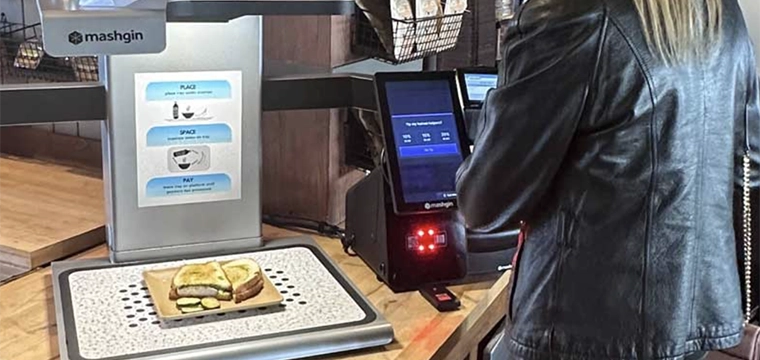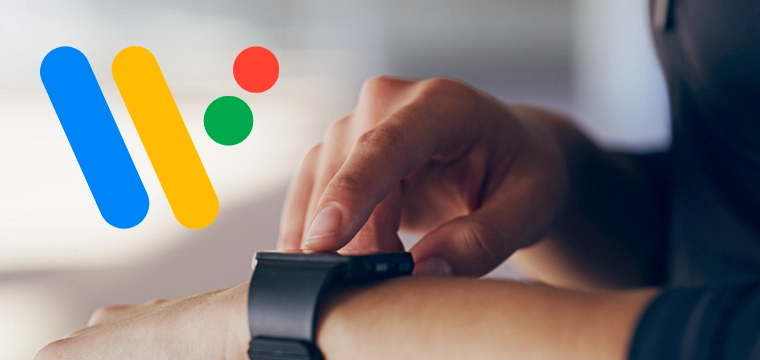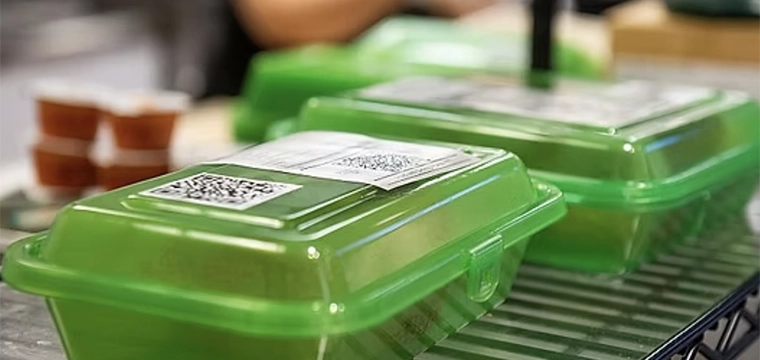
Whether it’s misinformation, concerns over personal data or a general reticence over the implementation of new technology, biometric solutions on campus are still not pervasive. And yet, successful university deployments of biometrics for access control, privilege control and authentication have already demonstrated the power of the technology.
At a global level, solutions like Apple’s Touch ID and others have made biometrics something of a mainstream technology. And with college students among the most avid users of these consumer devices, comfort levels with regular use of biometrics has improved.
“We have seen the improvement in biometric applications in the security markets over the years, and we strongly feel that the improvement of hardware and software in the security markets pushed the phone providers to include biometric sensors in their phones, not vice versa,” explains Tim Ortscheid, government & business market manager for biometrics and access control for ColorID “From the consumer’s viewpoint they see the biometric readers in the phone and become more accepting of it in their daily lives.”
Alongside this evolving perception, the solutions themselves are improving. “It’s important to note that biometrics used for mobile phones are usually used as a one-to-one or a one-to-few biometric match,” Ortscheid explains referring to the fact that it is easier to check if two templates match rather than identify a template from a massive database. “But even high-end biometric products used for access control or real-time identification of an individual can now provide a one-to-many match in just seconds.”
“Iris biometric applications, for example, can match an individual’s iris in a database of over a million in a second or less. There is a very distinct difference in the applications being used for phones and applications being used in the security markets,” Ortscheid explains. “Just because a device may use a fingerprint or iris, doesn’t mean it’s using the same algorithms and sensors as higher end security products.”
As biometric solutions continue to mature, campus administrators need to understand how the technology can be deployed, as well as the nature of the technology as it relates to the security-convenience spectrum.
“There can be a trade-off between security and convenience. If the main goal is convenience, the university should choose a system that is very easy to use, fast, and doesn’t require the use of a second factor of authentication – such as a card or PIN,” explains Todd Brooks, director of product management at ColorID. “The system should also have low false rejection rates or have the option to set those levels.”




